
Grande-Grave Heritage Accommodation Project
Forillon National Park
Sector closure: Les Parages trail. To ensure visitors safety, the Les Parages trail, located in the Gavey-Bartlett heritage houses area, in Grande-Grave, is closed until further notice. Please respect the signs in place.
On November 14, 2022, the Government of Canada announced a project of almost $9.8 million for the conservation and presentation of the heritage of the expropriated families of Grande-Grave, an emblematic sector of Forillon National Park.
This investment includes the restoration and presentation of heritage buildings, the commemoration of the expropriated families’ history, and the creation of a distinctive accommodation offer. Created in partnership with the Association of Persons Expropriated from Forillon and their Descendants, this offer will introduce a meaningful experience for visitors, who will have the opportunity to learn more about the difficult past experienced by expropriated families living in the area at the time of the park's creation. In addition to presenting an economic and tourism benefit, this new visitor offer will be an opportunity to bring to life the residential past of the site, tell the larger story of Grande-Grave and the positive impact these families had on the nation, as well as provide a unique experience in the Gaspé region.
Investments in the Grande-Grave sector will include an important acknowledgement of Forillon’s expropriated families and their descendants and a first step toward the revitalization of a sector that will showcase the Gaspé community and contribute to the development of regional tourism. The federal funding of almost $9.8 million will be used for the major restoration, preservation and presentation of twelve (12) heritage buildings, which include four houses: Elias Gavey (white), Daniel Gavey (red), Joseph Gavey (blue) and Charles Philip Bartlett (yellow). The other buildings are barns and sheds. These buildings and landscapes lie at the heart of the Grande-Grave Heritage Site, a key sector of Forillon National Park where interpretation activities on the area's rich history of human occupation take place.
The Joseph-Gavey (1867), Elias-Gavey (1889-1890), Daniel-Gavey (1915-1916) and Charles-Philip-Bartlett (1906-1907) houses are designated as Recognized Federal Heritage Buildings. The outbuildings, including the Joseph-Gavey hangar, are designated buildings under Parks Canada's cultural resource management policy. The houses have been designated "Recognized Buildings", primarily for their architectural and environmental significance. They are part of a sprawl of buildings at different levels of the coastline, characteristic of the cultural landscape of the southern coastline of the Forillon peninsula. Their location, well adapted to the topography of the site, and their visual kinship with the other buildings of Grande-Grave, reinforce their present-day character, evocative of the settlement of yesteryear, and blend harmoniously into the Forillon coastal landscape. These homes are representative examples of a form of vernacular architecture particularly common in Gaspé. This distinctive style combines traditional Quebec architecture with neoclassical influences from New England houses. The Joseph-Gavey, Daniel-Gavey and Elias-Gavey houses are wood-clad, one-and-a-half-storey buildings on stone foundations, with gable roofs, gabled dormers, front porches and summer kitchens with rear entrance drums. The Charles-Philip-Bartlett house has much the same features. The summer kitchen of the Charles-Philip-Bartlett house is located on the side (instead of the rear) and is topped by a mansard roof. These four houses allude to the theme of cod fishing in the Gulf of St. Lawrence, the main activity and economic engine of the Gaspé Peninsula for several centuries. Each bears the name of its builder and first owner, all of whom were originally from the Channel Islands. As such, they serve as a reminder of the central role played by cod-merchant-exporting companies in the region's settlement, and of the social and economic dynamics that shaped Gaspesian fishing establishments such as Grande-Grave. Aerial view of Grande-Grave (Red line distinguishing the Gavey and Bartlett ensembles), 1927 (BAnQ, Compagnie aérienne franco-canadienne. E21. Ministère des Terres et Forêts/CAFC no. P1-41) Elias Gavey House, 1922 (Coll. Canadian Museum of Civilization, Fonds-Marius-Barbeau, "Pension Gavey, GrandeGrave"; copy of Forillon National Park reference coll., no. 11038) The Forillon National Park team has spent several years working to find sustainable solutions to preserve and present these heritage buildings. Parks Canada also continues to work toward a sustainable pathway for its assets that protects them while allowing their adaptive use in the future and maintaining their dynamic and vital role in their communities. Discussions held with close partners, including the Association of Persons Expropriated from Forillon and their Descendants, determined that the best use of these houses was to develop an authentic accommodation offer in a sustainable manner. In addition to bringing back the primary function of these houses, which was to lodge people, the project to use them as accommodations will highlight the history of the families who lived in them. With the exception of the shed of the Joseph-Gavey ensemble, which will be renovated and used as a technical service building, the function of the other outbuildings has yet to be determined. This will require discussion and analysis. Collaboration with the Association of Persons Expropriated from Forillon and their Descendants, the monitoring committee of the project and other partners, including the Forillon National Park Advisory Committee and the Micmac Nation of Gespeg, will be essential. On July 16, 2023, The Association of Persons Expropriated from Forillon and their Descendants, members of the expropriated families, the community and Parks Canada gathered to celebrate the implementation of the Grande-Grave heritage accommodation project. The event provided an opportunity to reunite the expropriated families, discuss the heritage accommodation project and report on its progress. Everything has been put in place to ensure that this event will be significant for the families who were expropriated from the Grande-Grave area, particularly those who lived in the houses involved by the project. To achieve this, Parks Canada worked closely with descendants, including the Gavey family, to create an event that reflected their image. Members of these families in attendance yesterday came from all over the country, including British Columbia and Alberta. People were able to chat and take the time to reminisce about the days when they lived in Grande-Grave. It was an afternoon filled with music, memories and tributes to these families. In the picture, from left to right: Debbie Phillips, Frédéric Sainte-Croix, Elizabeth Tuzo McGregor, Michel Queenton, Kathleen Langlais, Sarah-Émilie Fournier, Lynn-Ann Smith, Sandy Gavey, The Honourable Diane Lebouthillier, Larry Gavey, Norman Gavey, Parker Gavey, Hermeline Smith, Marie-Laure Rochefort, Amanda Roberts, Jennifer Roberts, Andrée Bouchard, Élisabeth Lacoursière. Photo: ricochetdesign.qc.ca / Parks Canada Get a front-row seat by watching the event video [YouTube, duration: 88 minutes] Hello, pusu'l, Bonjour, et Merci, mi'walatl and Thank you deeply for the invitation to speak on behalf of the Gavey family. I am Amanda Roberts, daughter of Cynthia Gavey and Ronnie Roberts, Great Grand daughter of George and Ethel West-Gavey and a very proud descendant of the people who lived on the South side of Forillon National Park for, hundreds of years. Both my mother’s and father’s roots run very deep here. As do my uncles Norman and Larry Gavey’s, Norman & Linda Gavey’s son, Parker’s and my sister Jenn’s. Together, we are here to give our support and be part of the important work that will move this project forward, while respecting the past. I’d like to start with sharing a Maya Angelo quote, “There is no greater agony than bearing an untold story inside you”, I have the great honour and duty to tell in a small part, the story of George Gavey and Ethel West-Gavey, the last owners of this house, by the collection of memories from their grandchildren that I have interviewed for this important day. The grandchildren fondly called them Grandma and Grandpa, and this is how I will now refer to them. The exciting project we are here to learn about is the Joseph Gavey house restoration. Joseph Gavey was George’s (Grandpa’s) father. Today is Sunday, July 16th, 2023. In the spirit of this day, I invite us to ground ourselves, and let our minds wander. Let’s rewind the clock to 1960 before this was known as Forillon National Park. A time when Grandma and Grandpa were living in the community of Grande Grave, in what they knew as simply, ‘their’ house. Life was focused on family, working their farm, and fishing. These were good days. They weren’t easy days, but they were good. They didn’t yet know that in 10 short years things would change and become much, more, challenging. Decisions would be made for them that would change their lives, and hence, the lives of us, for generations to come. Living here meant working hard. The ‘work’ was everyone’s responsibility. Being entrepreneurial, resourceful, collaborating with neighbours, helping the community, and learning how to persevere was in Grandpa and Grandma’s DNA. Let me assure you, these are character traits that run deep in our veins, to this day. Who were Grandma and Grandpa? They were very kind people. They were proud. They said what they meant and meant what they said. They were honest and they didn’t take more than what they could use. Integrity was their core trait. On a Sunday just like this their grandkids would come running up the road and through the fields. They would come into the house through the back kitchen which smelled like fresh baking, warm flans, fruit cakes with almond icing, home churned butter and plum jam, made by Grandma from the plum trees out front. As they moved through the house to the parlour, grandma would keep the blinds pulled down in summer to keep the room cool as she had picked baskets of plums right off from the front gallery. Their parlour room would smell sooooo pretty. Grandma was very proud of her fancy hats. Sundays meant going to church. Back then, the women had to have their heads covered, in style. Some of the grandkids remembered that ‘the old people’ (grandma and grandpa’s friends), would arrive by boat across the bay and would gift gramma some of her fancy hats. She was a social woman, and would take her youngest son John to dances, teas, and socials. Grandpa was a quiet, shy, man, who preferred to stay home. For as put together and proud they were, Grandma also had an amazing sense of humour. She was known for her sharp wit and one liners, and she was a lover of card games. One in particular was called Cruts, where no one, especially Grandma, ever wanted to have ‘the cruts’. Grandpa was a very kind, shy, soft-hearted man. Uncle Norman remembers Grandpa being a pipe tobacco smoker. Others recall he kept his pipe and other precious items such as the compass from his boat, in the back kitchen. Many of the grandkids remember Grandpa coming into the house through the back kitchen, grabbing his binoculars, walking to the front windows, looking down at his salmon nets to see if it was time to harvest the day’s delicious catch. Next, he would go to the upstairs to the front windows over looking the bay, where he would watch for boats coming in, and if there were, he would go down to his own boat, and safely pilot them into the harbour. Joan and Carol remember every Sunday going to their house from Indian Cove for lunch. Grandma made salmon that Grandpa had caught, every-single-Sunday!! They remember saying to her, “not salmon again”. Many of the grandkids shared, if they could, they would go back and gladly have that Sunday Salmon dinner with them, over and over again. At some point, a new addition was added to the family. A puppy named, Nipper. He was so tiny. Tiny enough that one of cats started grooming and nursing him. Grandpa would sit in his favourite glider rocking chair, put little Nipper on his knees, and while visiting with his 4 children, make little circles in Nipper’s fur. My mom Cynthia shared that one of her memories was of little Nipper getting off Grandpa’s knees and he would have a whole new hairdo of curls from Grandpa’s twirling of his fur. She also remembers Grandpa would place him into his moccasin to keep him warm and safe. Uncle Wayne remembered they had a beautiful horse named Betty. Grandpa would get Betty tacked up and go into the fields to start cutting the hay. It was the older grandchildren’s pleasure and responsibility to be in the back of the cart, jumping on the hay to try to crush it down. Betty had the hardest job of pulling the cart back up the field to the barn where Grandpa would easily turn her around, and back her in so they could pitchfork the hay up into the loft. Back at the house, Uncle Larry remembers sitting in the parlor room by Grandmas organ playing with a slide/picture film viewer. “On a long thin piece of wood, like a ruler, is where the film would go, and a magnified glass would bring the pictures to life.” Walking around the house, you’d find very beautiful blue and pink basin bowls to wash up in, filled with water collected from rain barrels, and the pump out back. Debbie remembers coming down from Chateauguay in the summer visiting grandma and Uncle John after grandpa had passed. She loved going there and remembers it as a very beautiful, warm feeling, and well-kept home. All the grandkids shared how peaceful it was to sit in the front windows or on the front porch and look out at the water. At Christmas time, the roads were not ploughed and the north Atlantic brought in not centimeters, but rather multiple feet of snow, Grandpa would get Betty out of the barn, hook up the sleigh, making sure the bells were on her reigns, and go down to Indian Cove to pick up his daughter Gertie and her husbands’ kids to ensure they were able to celebrate Christmas’ together. He would wrap them up in blankets in the sleigh, making sure they were warm, and then make the trek back home to Grande Grave. They said it was truly, a magical time. Moving forward into the mid-late 1960’s, Uncle John and gramma bought a colour tv. This was a BIG deal for the family. The first time they watched that tv, Bonanza was on. Uncle Larry remembers everyone was not paying much attention to the show, but rather they were commenting on how blue the sky looked and how red the actors’ shirts were. Grandma and Grandpa cared deeply for their community. I learned they either gave or sold the piece of land to build The Grande Grave protestant school in 1938 where grades 1-7 were taught, in a one room schoolhouse. And, if that wasn’t generous enough, Grandma boarded the teachers, who came from away to educate the community. Let’s now move to the 1970’s, and the time of the expropriation. This is where the good memories and our family story, like so many others here, moves from fond, to confusion and loss, after experiencing a gross misuse and abuse of power as well as several broken promises from the men in suits that were sent to the community to negotiate, or rather, bully the people into letting go of their homes, land and livelihood. I asked the grandkids if they would like to share their memories of growing up here and of their grandparents. Every time, the first memories offered were about the expropriation. I heard the significant hurt, which in many, came out as anger from the tremendous loss, they experienced. This is where we must acknowledge some hurtful truths. I learned Grandma and Grandpa, and the greater community were offered next to nothing for their homes, their land, and their livelihoods. Their way of life was simply, not respected. Grandma and Grandpa as well as many others in the community were seen as simple people, living a simple life. Not many of them had formal education, even though they were RICH in experiential learning. They were very trusting people, and therefore, sadly, very easy to take advantage of. Uncle Larry remembers moving out of Grande Grave on his 11th birthday, into their home that Franklin and Gwenny built in Rosebridge, He noted, “the house wasn’t even finished yet”, however, “they HAD to go”, as the men in suits were making threats to the other neighbours they felt were not leaving quickly enough. I was told that a family had refused to leave their house, so the men in suits started his neighbours house on fire as an act of intimidation and control. This next memory took my breath away. I was speechless. My uncles hurt was palpable. First, I would like to remind you of the compass from Grandpa’s boat and how he kept that by his pipe and tobacco in the back kitchen. He gifted the compass to Uncle Philip. It was truly, a priceless item. Uncle Philip kept the compass in that back room. Often, the men in suits, some accompanied by law enforcement, would come to the homes and take possessions they said they now owned. Sometime during the move, the compass went missing. Uncle Philip was told he must have lost it as it could not be found anywhere. Fast forward to a trip Uncle Philip took a while ago with his wife Isabelle. As they were touring the North Sector and visiting the Interpretive Centre, there, in a glass case, was Grandpa’s compass among some other artifacts!!! Anger and incredible hurt came rushing to the surface. He had to leave. He did not want to see one more artifact, or story board of the people. It was too much. When I asked what he believed was most important to share with you, he stated “the Park could steal my family’s livelihood and land, but they’ll never steal anymore of my memories!” I’d like to now bring us back to this very important Sunday, and why ‘this day’ is so very important for all of us. About 6 months before my grandmother, Gwenny Roberts Gavey who was married to George and Ethel’s son Franklin, passed away, she shared her expropriation story with me. She took me lovingly by the hand and wrist and said, the expropriation caused more than people lose their homes. They lost their livelihoods, their sense of purpose, their community, their culture, and their own sense of deep peace, all - to create a National Park. She then said, she was “too close to it” (meaning the pain of being expropriated), and that - I am now part of “the healing generation”. Standing here with you today, I can clearly hear her words as a call to action for the immediate descendants, and future generations of the expropriated peoples. Our Story (our truth) telling from Hermeline Smith-Simon, Debbie Philips, LynnAnn Smith, the committee of The Association of Expropriated Persons of Forillon is critical and must be told. When the team from Forillon Park reached out to our family, it felt different. There is now a spirit of collaboration, curiosity and respect, from them. I believe, we have the perfect conditions to start the healing work, exactly what my Grandma was referring to. I close with another quote from Maya Angelou “Do the best you can until you know better. Then, when you know better, do better.” None of us can go back. We can though, all, collectively, CHOOSE to do better! On behalf of the Gavey family, thank you again, you have our deepest gratitude. We look forward to ‘doing better’, along side of all of you! Following the November 2022 announcement, the Parks Canada team began a reflection and planning work in close collaboration with the Association of Persons Expropriated from Forillon and their Descendants and members of the families concerned to lay the foundations for this major project. There are still a lot of loose ends to tie up at this stage, but we're making progress, together. Here is an outline of what has been undertaken: 2022 and 2023 Coming soon: For Parks Canada, the success of such a project depends on the involvement of the Association of Persons Expropriated from Forillon and their Descendants. A reflection work with representatives of the Association has been underway for several years concerning the future of the houses in the Grande-Grave heritage sector. In 2018, a business plan was developed with the Association to find a promising and viable project for the houses in the Grande-Grave sector. The idea of using the houses as accommodations was presented and accepted. This aligns with Parks Canada's role to protect and present heritage sites while fostering the adaptive use of built heritage and a continued dynamic and vital role in their communities. Since Forillon National Park obtained funding to proceed with the project, a monitoring committee made up of representatives from the Association and representatives of expropriated families directly concerned by the project has been set up. The purpose of this committee is to ensure that the concerns and interests of the expropriated families are considered and that the memory of the Gavey and Bartlett families is commemorated as part of the project. The representatives therefore have an advisory role with the Parks Canada team. The members of the committee (other than Parks Canada employees) are: Ms. Elizabeth Tuzo, representative of the Bartlett family Ms. Amanda Roberts, representative of the Gavey family Ms. Hermeline Smith, representative of the Association of Persons Expropriated from Forillon and their Descendants Ms. Lynn-Ann Smith, representative of the Association of Persons Expropriated from Forillon and their Descendants
Other partners, such as the Forillon National Park Advisory Committee, is also join in the discussions. Parks Canada wants to ensure that the project created is the result of a shared vision that is approved at every stage. In addition to evoking the primary function of the Gavey and Bartlett houses, which is to house people, the project to convert them into authentic accommodation aims to showcase the history of the families who lived there. To do this, we are seeking the collaboration of families who used to live in the Grande-Grave sector to find photos or objects testifying to their family history and their life before the park was created. Through these memories, we want to learn about the people who lived here in order to conserve and share their history with others. This call specifically targets the descendants of families who have lived in the houses concerned by the project: Members of your family have lived in these houses, and you want to get involved by joining a committee formed to ensure the proper development of the project? You have photos or objects testifying to family histories and/or life before the creation of the park? Contact us now by email at caidensimon1@gmail.com OR by phone at 418-368-5505 and we will be glad to talk to you. TheManagement Plan for Forillon National Par (2022)k is the subject of a management approach dedicated to the Grande-Grave area. The 2010 management plan proposed designating the Grande-Grave heritage sector as a major hub for presenting the park's former villages in order to honour the legacy left by the people who previously lived on this land. This led to a more in-depth reflection on the sector's purpose and the need to ensure its conservation and influence. During the public consultations held as part of the management plan renewal process (2020-2022), a large majority of respondents clearly stated that they wanted to see the physical integrity of heritage buildings and structures in Grande-Grave restored in order to preserve their heritage value. They also mentioned assigning a use-function to the buildings. With this in mind, the proposed project for the restoration and presentation of heritage buildings in the Grande-Grave sector is in line with the directions in the management plan. This is also in line with one of Parks Canada's roles, which is to provide a space where Canadians can learn about Canada's history from a variety of perspectives and share their own stories. Furthermore, developing new and innovative programs and services enables more Canadians, including youth and newcomers, to experience the outdoors and learn about history.What will the $9.8 million announced be used for?
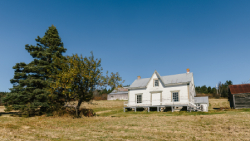
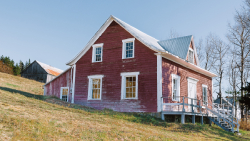
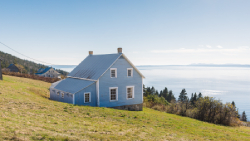
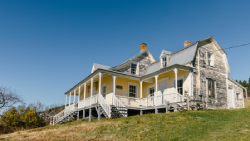
What is the heritage value of these buildings?
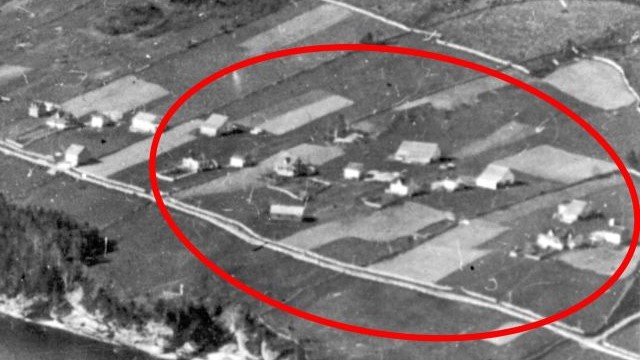
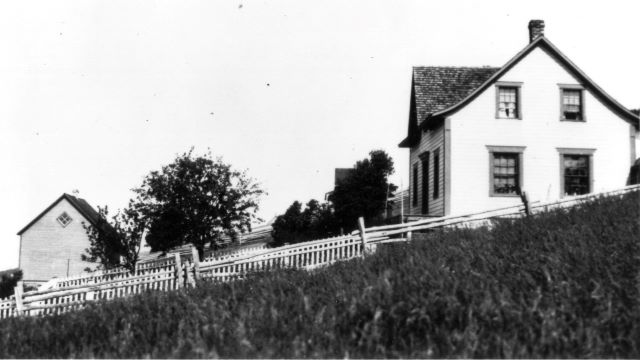
What uses do we want to make of these buildings?
Project Implementation – July 16, 2023 Event
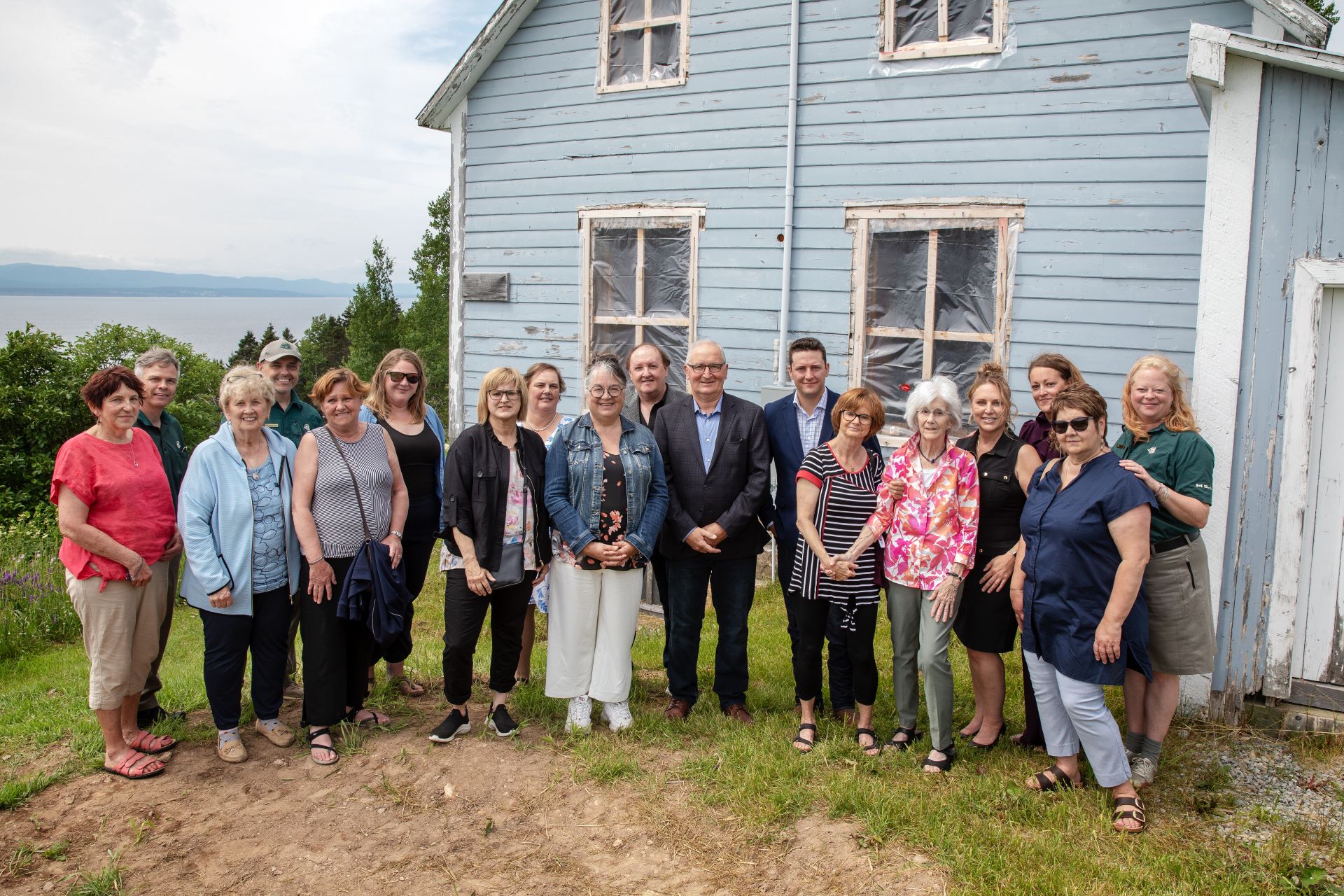
Want to see more?
Speech of the Gavey family by Amanda Roberts
What is the project’s status?
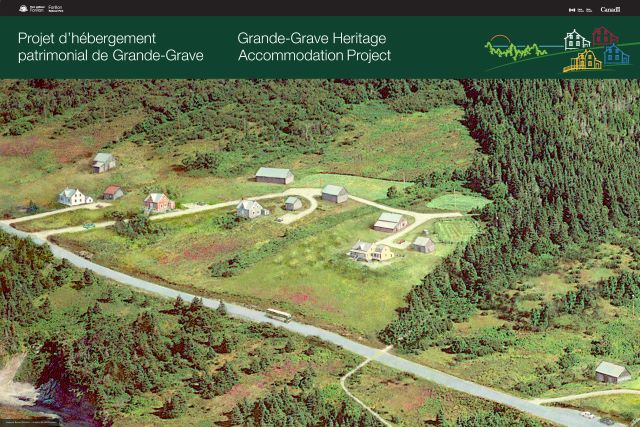
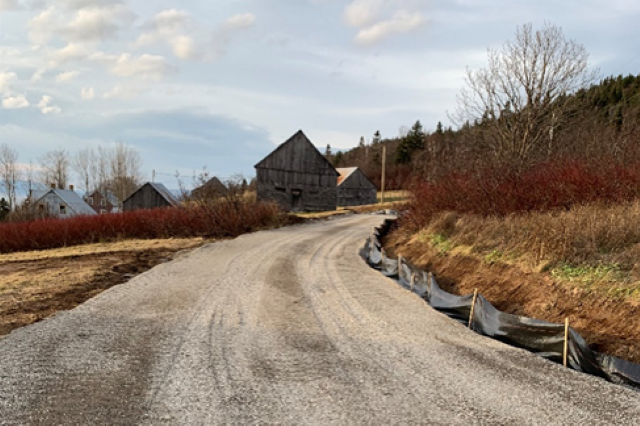
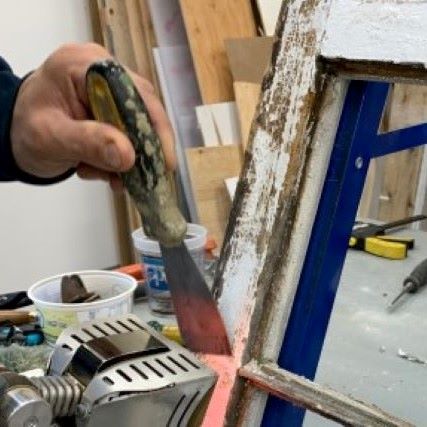
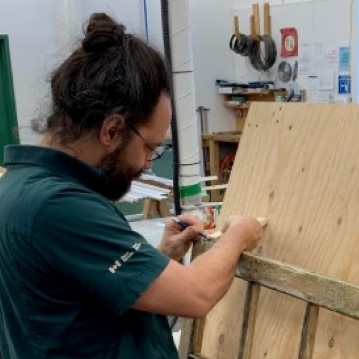
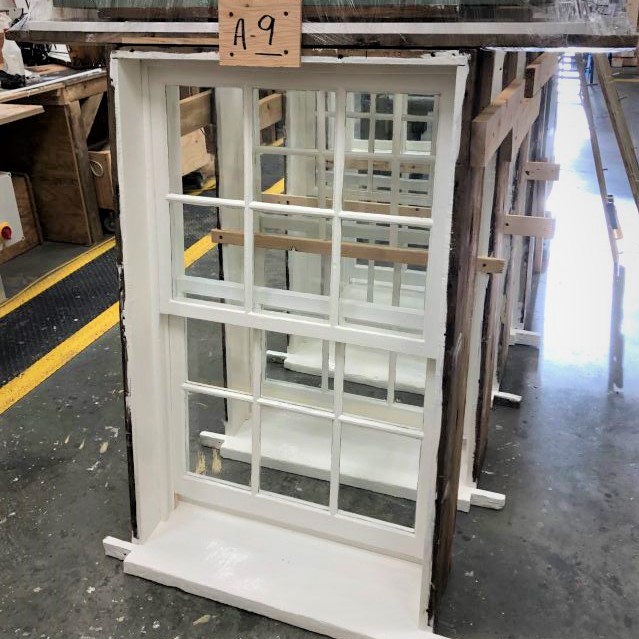
What role do the partners, including the Association of Persons Expropriated from Forillon and their Descendants, play in the development of the project?
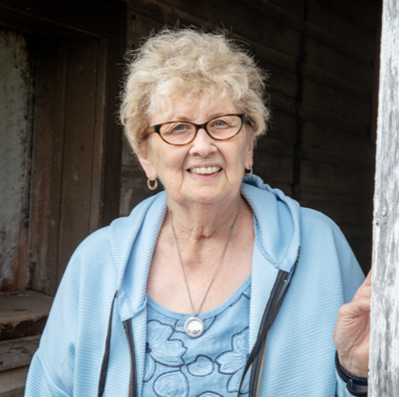
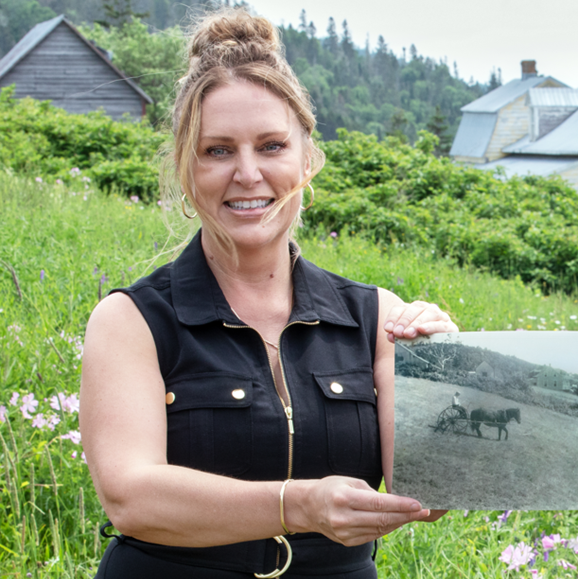
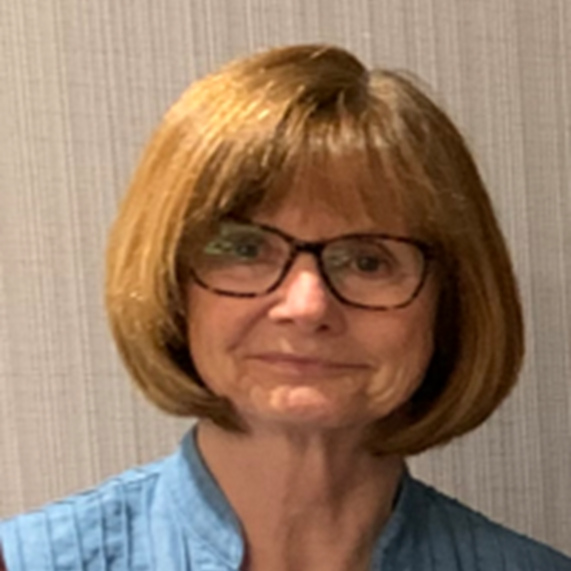
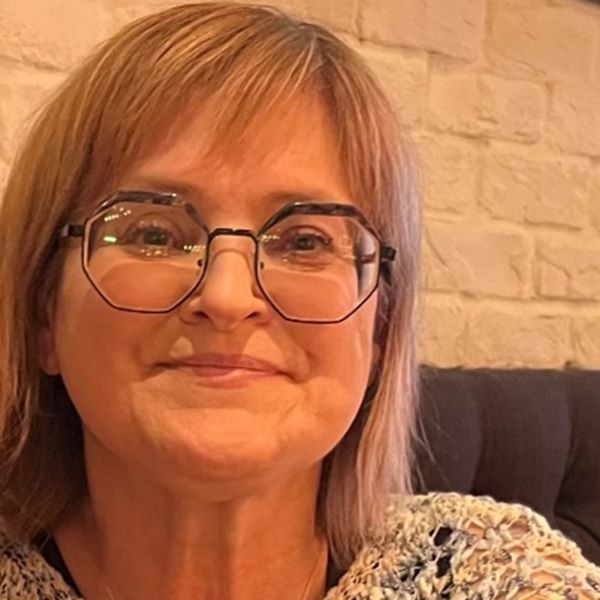
How can families in the Grande-Grave sector contribute?
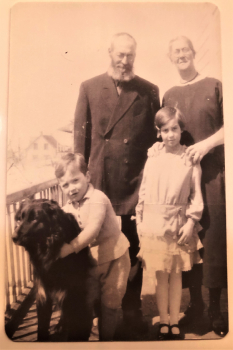
Is this project a priority in the Park Management Plan?
A duty to remember
Much progress has been made since the park was created. Decades ago, we would never have believed possible the spirit of collaboration that characterizes today the actions undertaken in Forillon.
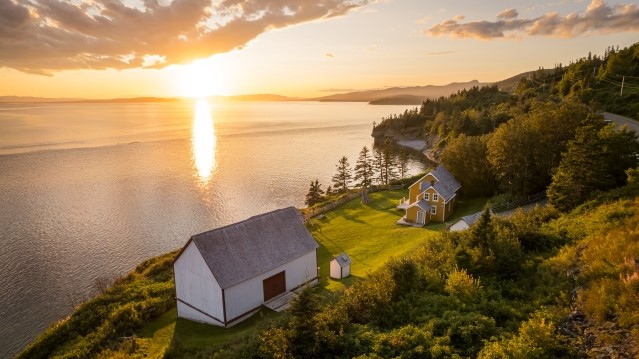
The Blanchette household
- Date modified :